New York City, often seen as a land of opportunity, is a magnet for immigrants. In recent years, the influx of immigrants has increased dramatically. By 2023, around over 223,000 arrived in the city by the late 2023[1]. It reflects the city's enduring appeal as a gateway to the American dream. However, adjusting to the city, especially during winter, presents unique challenges for these fresh New Yorkers.
NYC's winters are quite unforgiving. Cold temperatures, snow, and icy streets present obstacles in the city, whereas upstate regions typically experience heavy snowfall and subzero temperatures. For newcomers, adapting to the unfamiliar climate of NYC can be daunting. Managing heating costs, dealing with power outages, and maintaining mobility during freezing winters prevent them from enjoying life in the big city.
Understanding NYC's Winter: Temperatures and the Aftermath of Recent Storms
New York City’s winters are characterized by cold temperatures, occasional snowstorms, and icy conditions, typically lasting from December through February. The city experiences an average temperature of about 32°F (0°C) during the coldest months, followed by moderate to heavy snowfall. For New Yorkers, there’s even a chance to suffer extremely cold in winter. For example, in 2019, temperatures dropped to -17 °F (-27°C), which is among the lowest in the more recent history of the city.
Even worse, one of the most severe weather events in recent years was the December 2022 North American Winter Storm. This storm impacted New York Metropolitan with frigid temperatures, strong winds, and heavy snowfall. It caused widespread travel disruptions. Major roadways, including parts of the Henry Hudson Parkway and the Verrazzano-Narrows Bridge, were closed. And this storm resulted in over 27,000 power outages on Long Island, with many residents in the metropolitan area facing difficulties due to the extreme weather conditions.
Common Challenges Faced by the New New Yorkers in Winter
From above, fresh New Yorkers often face several challenges and have a lot of things to prepare for the harsh winter months. Here’s how:
1. Adjusting to Cold Temperatures
Many immigrants are unaccustomed to the frigid temperatures of New York winters, which can drop well below freezing point. For those from warmer climates, adapting to this drastic change can be more complex and requires significant adjustment to daily routines and clothing.
2. Navigating Snow and Ice on a Daily Commute
Snow accumulation and icy sidewalks create hazardous conditions for daily commutes, both for pedestrians and drivers. Icy roads and sidewalks are particularly dangerous as they increase the risks of accidents and delays in getting to work or school.
3. Heating Issue
Maintaining warmth in the winter months can be a financial burden for new New Yorkers, especially those living in older buildings with inefficient heating systems. Understanding how to manage heating costs while ensuring comfort can be a significant concern for new residents.
4. Power Outages at Home
As mentioned above, the Strom in 2022 renders a large-scale power failure in New York. Snowstorms and ice often enhance the chances of causing power outages, particularly severely in problematic areas with older infrastructure or when the power grid is overwhelmed by severe weather. Many new New Yorkers may not be familiar with these disruptions, which can extend for hours or even days.
How New Immigrants Can Have a Comfortable Winter in New York?
Though it is not easy to adjust to a new city with harsh winters, certain measures can help you make the transition smoother.
1. Stay Active and Dress Appropriately and Warmly
One of the most effective ways to adjust to New York's cold winters is by staying active and dressing in layers. Immigrants unfamiliar with cold climates should invest in thermal clothing, including insulated jackets, hats, gloves, and scarves.
Besides layering clothing, regular outdoor activities like walking or even short jogs can improve circulation and help the body adapt to the cold more quickly. Staying active helps maintain body warmth and comfort during the long winter days.
2. Get Ready Before You Go Out
Always make sure your car is winter-ready before heading out to navigate snowy and icy roads. Check tire pressure, fluids, and brakes to ensure everything is in optimal condition. It is also essential to stay updated on traffic conditions through local news or apps to avoid dangerous areas prone to accidents or heavy snow.
Additionally, wearing slip-resistant shoes can significantly reduce the risk of slipping on icy sidewalks or streets. Also, consider keeping emergency kits in your car, including blankets, a flashlight, and non-perishable food, in case you get stranded. Staying prepared can help you handle unexpected winter challenges more safely.
3. Insulate Your Home and Do Daily Maintenance for Heating Equipment
Ensuring your home is well-insulated will help you retain heat and reduce energy costs. Use weather-stripping or draft blockers around windows and doors to keep the cold out. Maintain your heating equipment by changing filters and serving the furnace regularly. Regular maintenance will make your heating system run efficiently in time throughout the season. It is also beneficial to insulate your attic, as an amount of heat can escape through the roof.
Consider adding heavy curtains to windows to provide an extra layer of insulation against the cold. Lastly, sealing any cracks or gaps around walls and foundations will further prevent heat loss and improve energy efficiency.
4. Invest in Lithium Solar Batteries for Preparing Power Outage
To combat power outages and stay warm during storms, invest in lithium solar batteries system, such as Jackery's solar generators. These lithium batteries with solar panels can collect and store energy that you can easily access during cloudy days or after power disruptions. With the ability to provide reliable backup power, these portable power supply solutions ensure your heating, lighting, and other essential devices continue functioning during outages, making winter more manageable. Moreover, lithium solar batteries, like Jackery Solar Generator 2000 Plus, are more efficient and durable than traditional batteries, making them an excellent long-term investment.
By adopting these strategies, new New Yorkers can have a more comfortable winter and enjoy the vibrance in NYC!
How to Choose Suitable Lithium Solar Batteries for Home?
Choosing the suitable lithium solar batteries for your home is crucial to ensure efficiency, safety, and compatibility with your energy needs. Here are four key considerations that will help you make the right decision:

1. Do You Have an Existing Solar System?
If you already have a solar panel system installed, compatibility with your setup is crucial. Determine whether the lithium-ion battery for solar storage can integrate seamlessly with your existing solar solution. Some systems are designed specifically for use with particular brands or technologies, so it is essential to match specifications for maximum efficiency.
For homes without an existing solar system, ensure the chosen lithium solar batteries are scalable and can easily accommodate future solar panel installations.
2. How Much Power Do You Need at Home A Day?
Understanding your household's daily energy consumption is key to selecting the proper lithium generator. Calculate the average kilowatt-hours (kWh) you use daily and consider whether the battery should provide backup for critical loads or power your entire home. It begins by listing all electrical devices and appliances, noting the wattage of each (usually found on the device or in its manual). Then, estimate how many hours each device is used per day and multiply the wattage by the number of hours to find the consumption per device (e.g., a 100-watt light bulb running for 5 hours uses 500-watt-hours or 0.5 kilowatt-hours). Finally, sum the daily consumption of all devices to get your total home power usage in kilowatt-hours (kWh).
By understanding the total consumption of your household uses each day, you can choose a lithium solar battery system with sufficient capacity to store enough solar energy during the day to cover your evening and nighttime usage.
3. In What Way Can You Ensure Solar Batteries' Safe Operation?
Safety is paramount when using lithium solar batteries. So, make sure the battery has built-in safety features like thermal management systems, overcharge protection, and short-circuit prevention. Proper surrounding of using your off-grid lithium battery further enhances the safety of homeowners. Make sure your lithium solar battery system is installed by certified professionals, as it will reduce the risk of mishaps and ensure that the system is in compliance with local codes.
4. What is Your Way to Charge the Battery?
When selecting a battery, consider your preferred charging method. While most lithium solar batteries are designed for charging via solar panels, some models can also be charged using the grid or charged through the AC socket.

Introducing Jackery's Home Lithium Solar Battery System
At Jackery, we can offer innovative solar generators specially designed for every New Yorker’s home. Equipped with an advanced lithium-ion battery for solar storage, Jackery Solar Generator 2000 Plus can deliver a dependable power supply for both daily use and during outages. These systems combine efficiency, durability, and safety, making them a top choice for fresh New Yorkers!
In energy capacity, the Jackery Solar Generator 2000 Plus is empowered by a 2042.8Wh LFP battery. For larger power consumption? No worries! It can be expandable from around 2 kWh to an impressive 24 kWh, making it ideal for a wide range of power needs. Whether you are looking to power essential home appliances or need energy for heavy-duty devices, this system has you covered. It can power devices like portable air conditioners, microwaves, coffee makers, and even electric ovens, with a high-power output of up to 6,000 watts, making it an essential tool during winter blackouts in New York.
Another spotlight of the Jackery Solar Generator 2000 Plus is its ultra-fast solar charging. It can be fully replenished in just 2 hours by using the 6 Jackery SolarSaga 200W Solar Panels. This makes it an excellent choice for off-grid living or extended power outages due to winter storms. Furthermore, the high-temperature resistance on this lithium solar battery system keeps it safe and efficient even in the extreme cold temperatures of NYC.
The Jackery Solar Generator 2000 Plus is an exceptional solution for powering your home during winter. It is an essential lithium solar battery generator for anyone seeking ways to survive the chilling winter of New York City.

Wrapping It Up
Surviving the cold winters of New York City is a real challenge for new immigrants. In addition to trying to adjust to cold temperatures, navigating icy roads and sidewalks, and dealing with frequent power outages, residents may also experience the stress of keeping their homes warm and cozy.
The Jackery Solar Generator 2000 Plus, equipped with lithium solar batteries and power solar panels, offers a reliable energy backup for NYC residents. This solar powered generator ensures devices stay powered and homes remain warm during extended blackouts. Its expandable capacity, long lifespan, and ultra-fast solar charging capacity make it an excellent investment for new residents. If you are interested, please visit our Jackery's official website to get more information.
Reference
Available at: https://nypost.com/2024/11/18/us-news/over-223k-migrants-have-come-to-nyc-so-far-double-albanys-population/
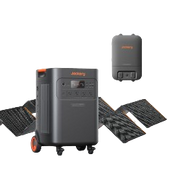
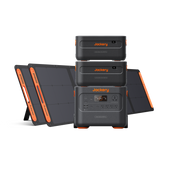
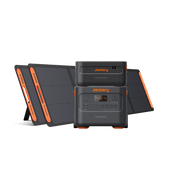
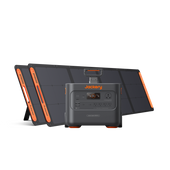

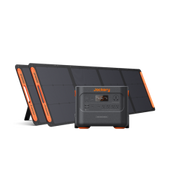
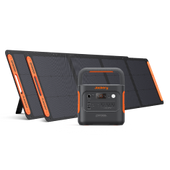

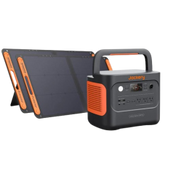
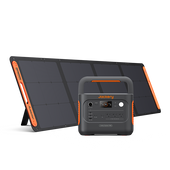
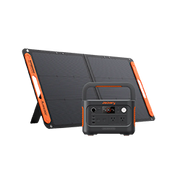

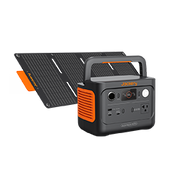
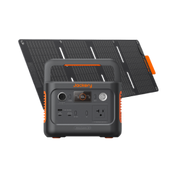
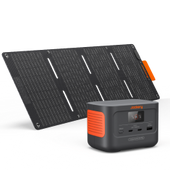
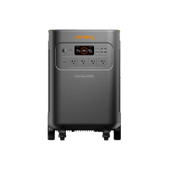

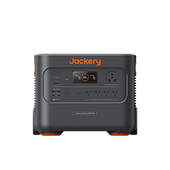
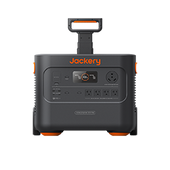
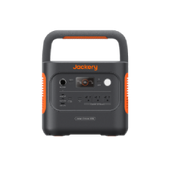
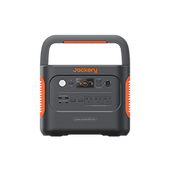
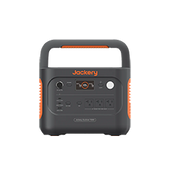
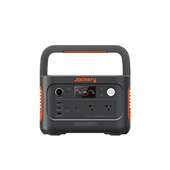
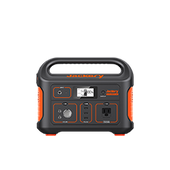


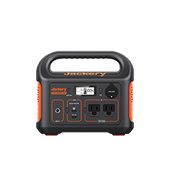
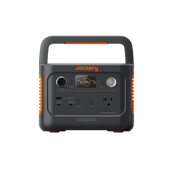
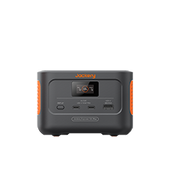



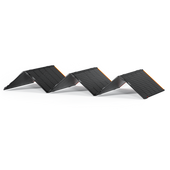

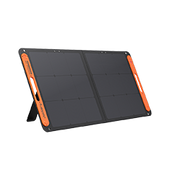
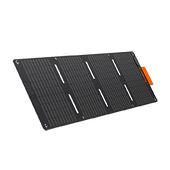

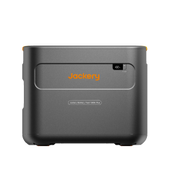

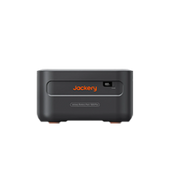

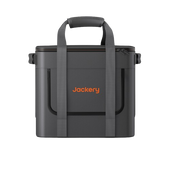
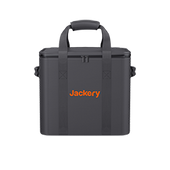
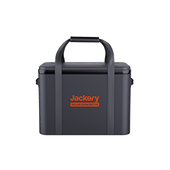
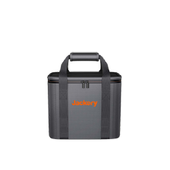

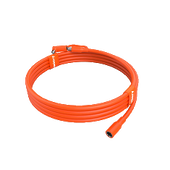



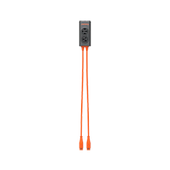

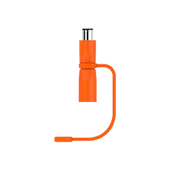
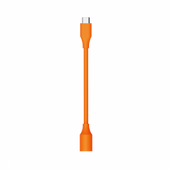

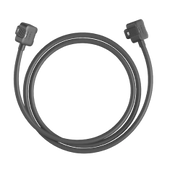

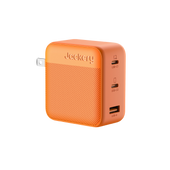

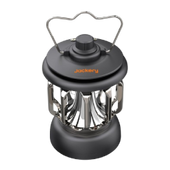


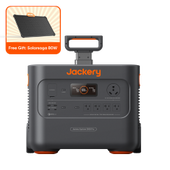

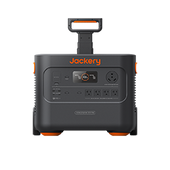
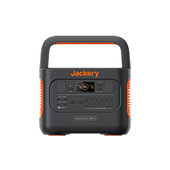
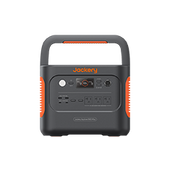
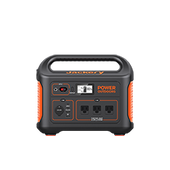
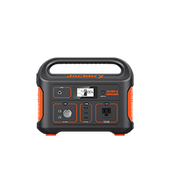
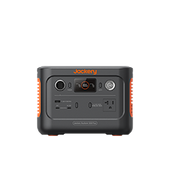
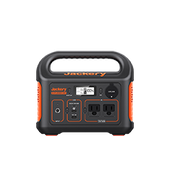
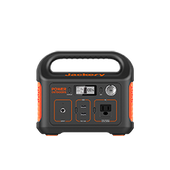

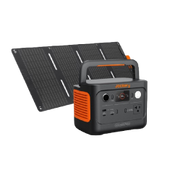






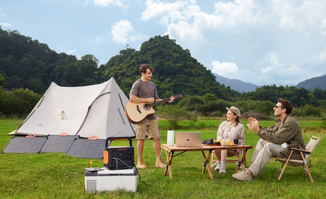
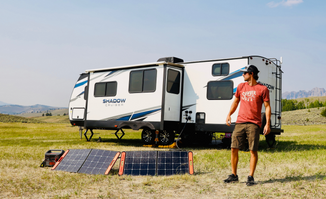


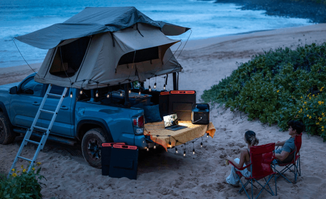
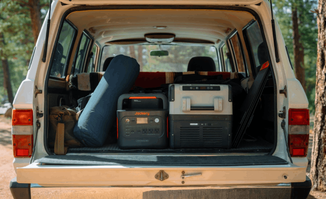




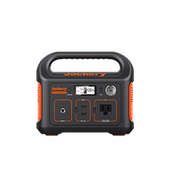

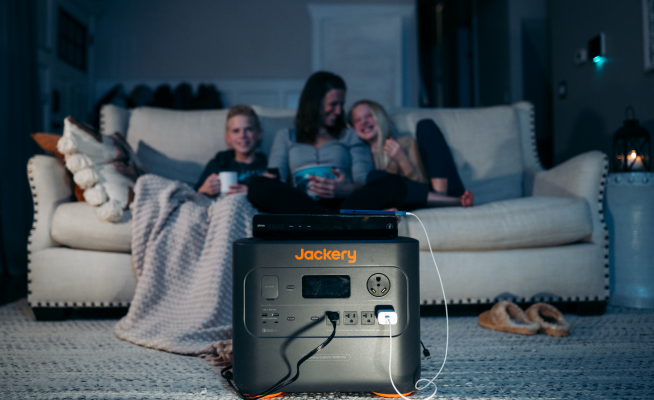

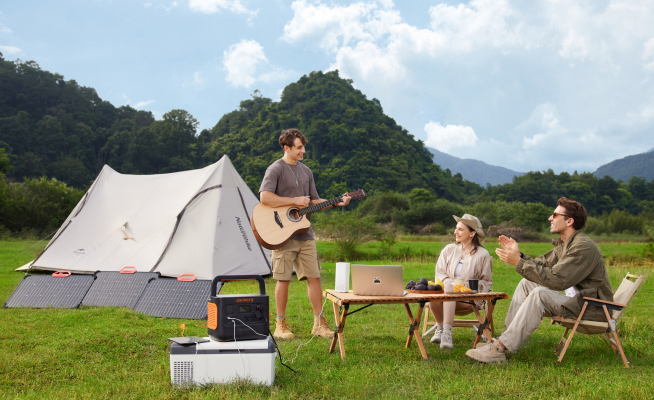
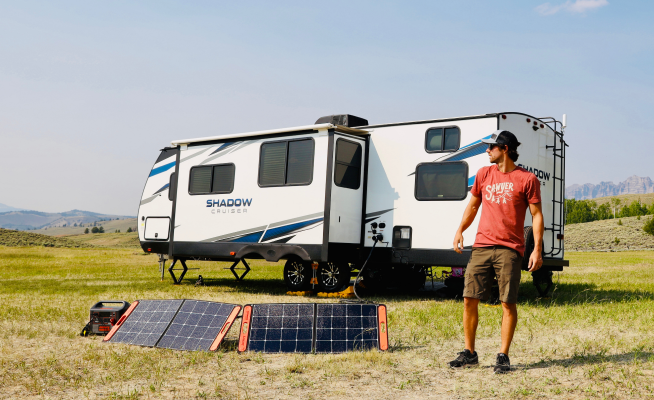


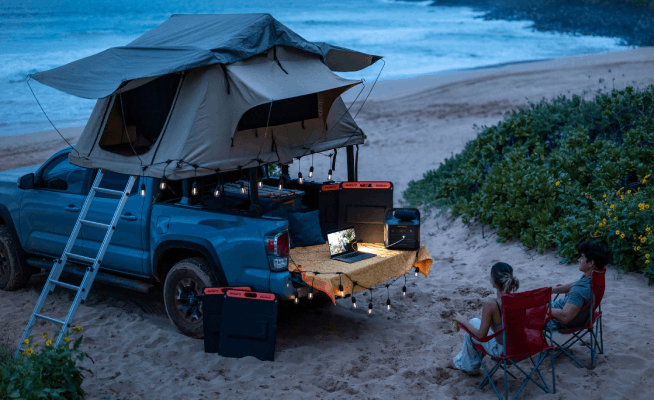
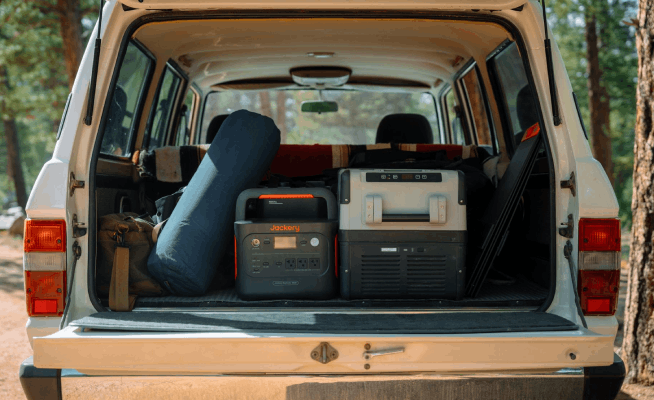

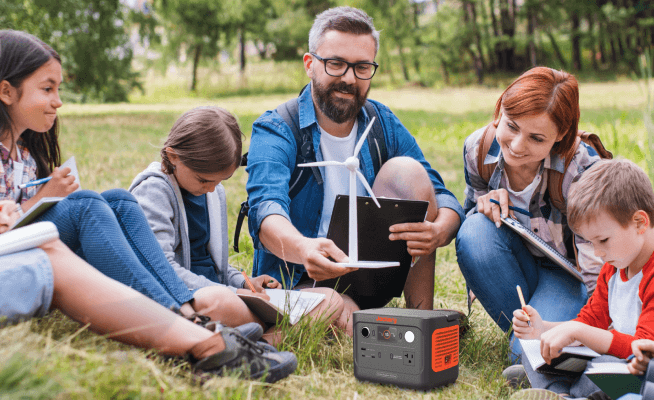













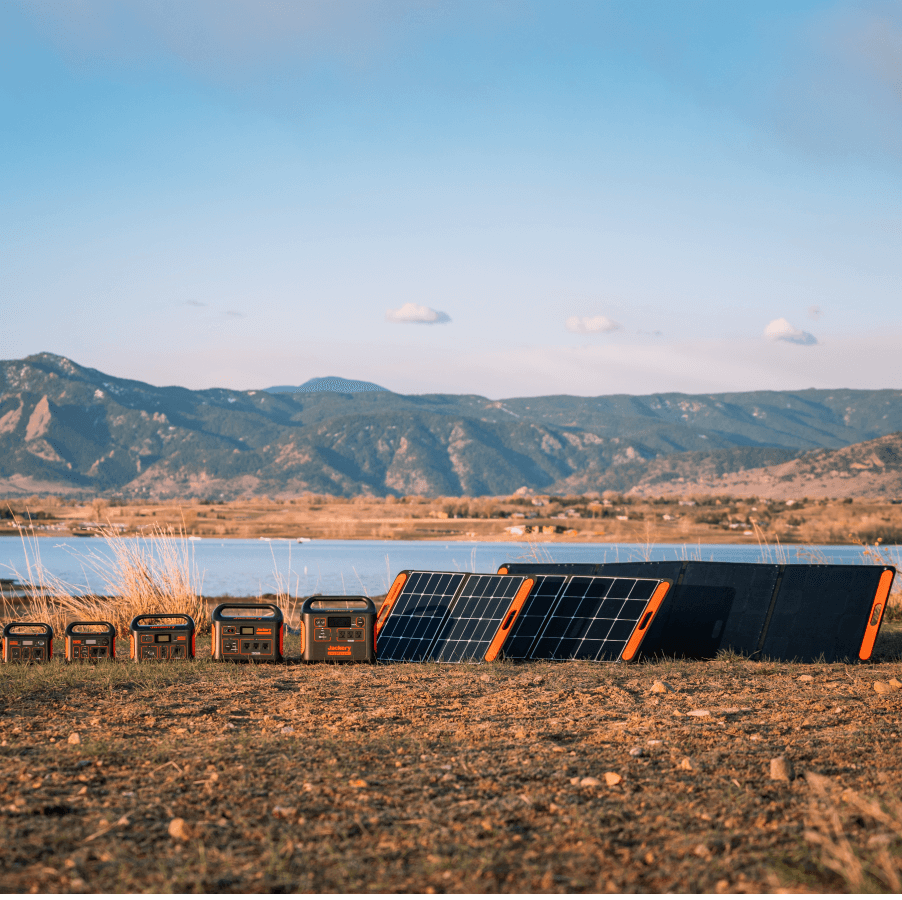

Leave a comment